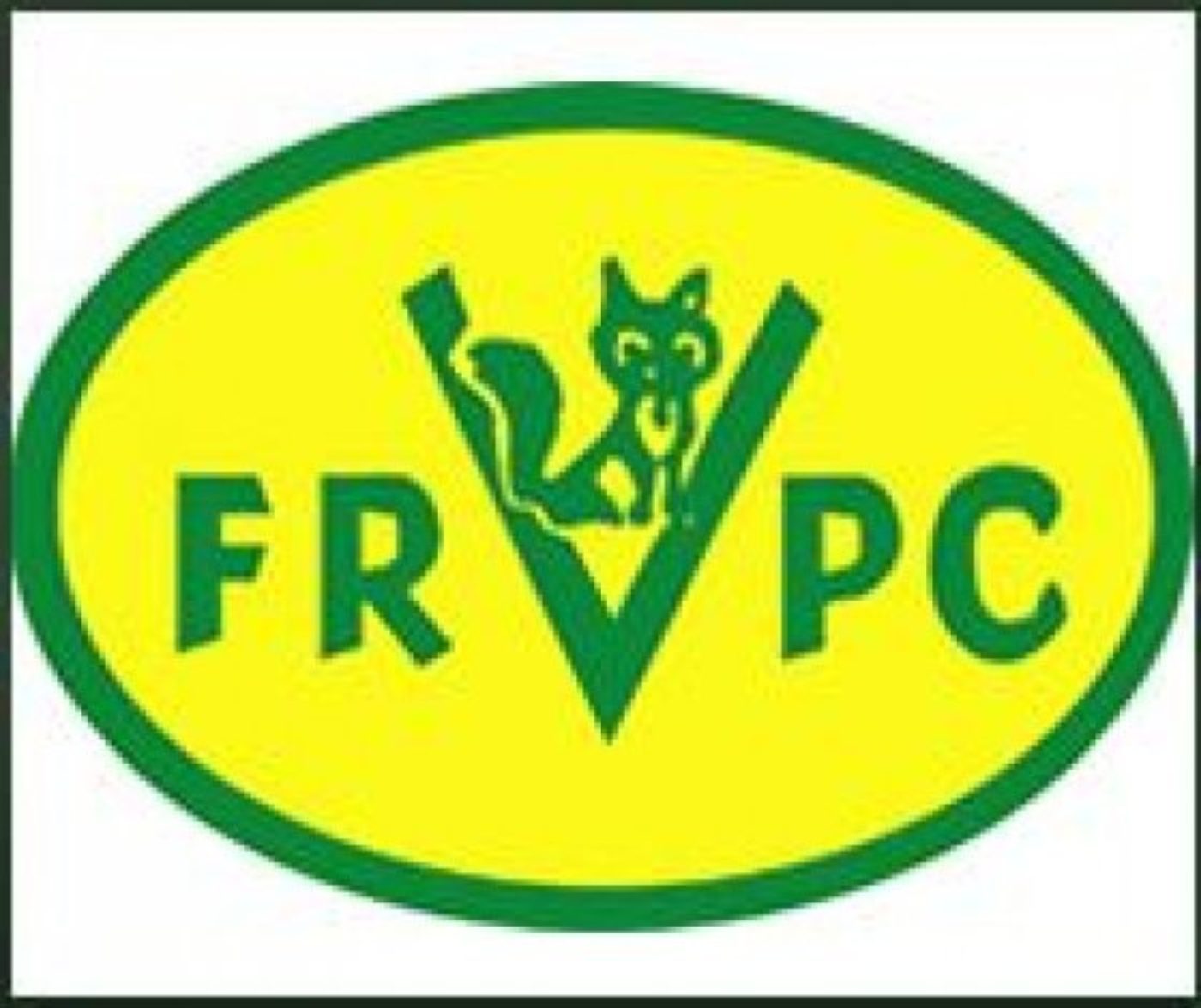Renew Your USEA Membership for the 2023 Season Today LEARN MORE

The challenge of providing the best possible galloping tracks for all levels is a continuous, comprehensive and long term project for the FRVPCHT organizers. Amid a great deal of doubt and misinformation surrounding the historically hard tracks, the FRVPCHT Advisory board is committed to achieving their stated goal: To provide horses and riders with the best cross country experience possible. To that end, a step by step program has evolved over the past three years.
There are three primary elements to the program:
1. To increase the number of available tracks through the clearing of non-native brush to provide the ability to change tracks from year to year, allowing over-used tracks to rest and recover for period of a year or more.
2. To manage the turf on the tracks through an annually implemented program of aeration, fertilization, over seeding, and aerovation. This program also includes a judicious mowing program to keep the grass a little longer than was traditional in this Forest Preserve.
3. To aggressively aerovate the clay-based turf tracks in the weeks and days ahead of the event.
It is important to recognize that there are two distinct types of soil which make up the cross-country tracks at the FRVPCHT. What could be referred to as the “front half” of the course – between the traditional start area south and west towards the water – is a clay-based soil. This is the part of the course that turns to rock within a day or two of being rained on, and is as slick as grease when it does rain. The soil in the stadium jumping field, and the grass dressage areas, are also included in this category. The “back half” of the course, from the water complex north and east past the step banks, is a very sandy soil. This part of the course drains well, but the turf has a more fragile root system that does not tolerate heavy aerovation. Too much aggravation of the root system in this area will destroy the turf altogether.
It has been a process to learn exactly how to manage the turf to the level of the very high expectations of both competitors and management, but the results of all the hard work are finally being realized. New tracks have been cut and seeded. Older tracks have been overseeded. All of the tracks were aerovated last year just days ahead of the event and then overseeded immediately afterwards. This year, the first aerovation began on June 1st, with a subsequent treatment scheduled for the week ahead of the event. Every effort is and has been made to make the tracks safe for every horse who gallops across them.